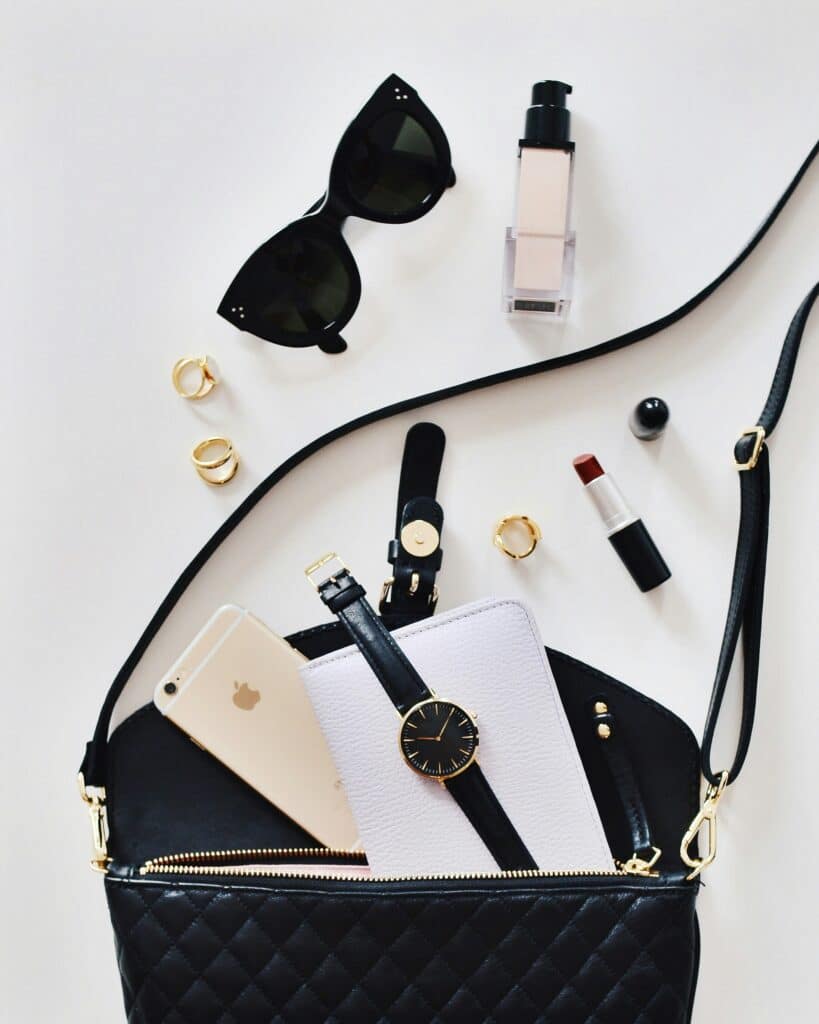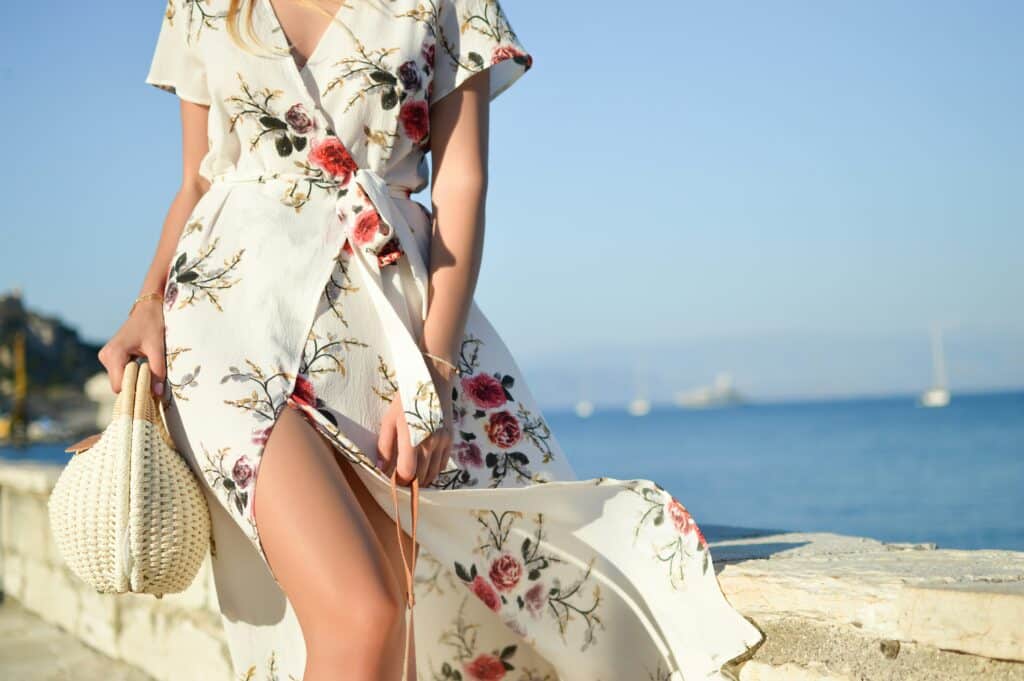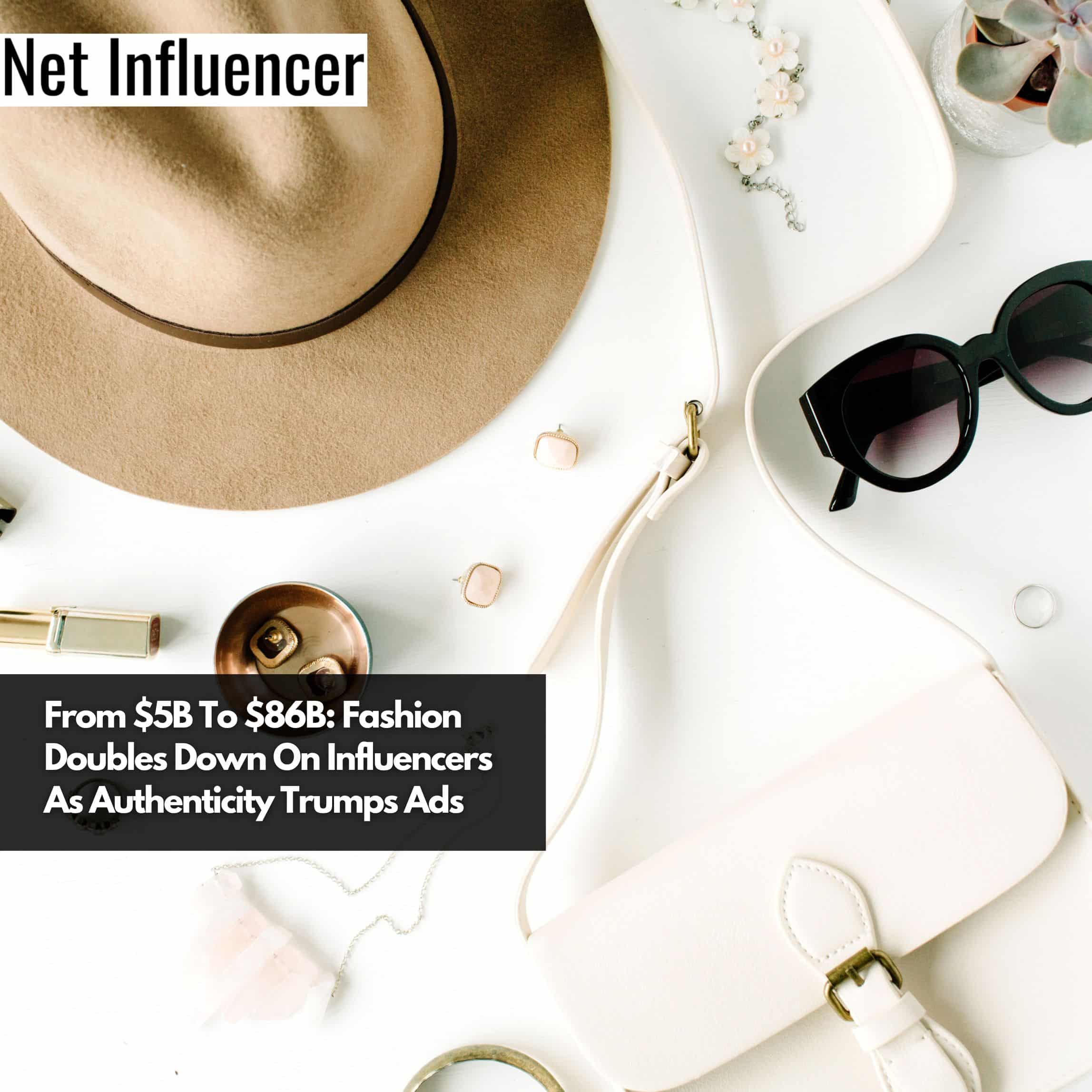Influencer
From $5B To $86B: Fashion Doubles Down On Influencers As Authenticity Trumps Ads [Report]
A new report from IMARC Group projects the global fashion influencer marketing market will surge from $5 billion in 2023 to $86.1 billion by 2032, exhibiting a staggering 35.7% compound annual growth rate over the 2024-2032 forecast period.
The analysis highlights several key drivers propelling the rapid expansion of this creator economy segment, including the rise of social media platforms, demand for authentic and relatable content, innovative digital formats like live streaming and virtual try-ons, as well as measurable analytics to quantify influencer marketing impact.
“Fashion brands are increasingly turning to influencers of all sizes – from megawatt celebrities to nanoinfluencers with a few thousand followers – to connect with customers in authentic ways,” said lead IMARC analyst Samantha Lee. “As consumers crave more personalized marketing, influencers have become essential brand ambassadors.”

The report segments the market across influencer types, fashion categories, and geographic regions. Nanoinfluencers with 1,000-10,000 followers accounted for the largest share in 2023, prized for their “hyper-localized” audience impact and engaged community connections.
“Beauty and Cosmetics” claimed the dominant position by fashion type, reflecting the importance of visual demonstrations for makeup tutorials, skincare routines, and product reviews. However, “Apparels” and “Jewelry and Accessories” are also fertile territory for influencers showcasing styles and products.
North America led all regions, buoyed by a mature influencer marketing ecosystem and analytics infrastructure. But Asia Pacific, Europe, Latin America, and the Middle East/Africa are expected to be high-growth markets as brands strive to tap culturally diverse consumer bases.
The competitive landscape spans influencers themselves as well as agencies like AspireIQ, Hypr Brands, and Upfluence that facilitate brand/creator relationships. Social platforms like Instagram, TikTok, and YouTube are also vying to be the premier stages for influencer content.
Key challenges include maintaining authenticity as the industry booms, navigating varying regulations, and addressing concerns over influencer credibility. However, as noted, the pervasive shift to digital, social-first marketing represents a major opportunity.

“Fashion brands must evolve their marketing for the internet era,” said Lee. “This report underscores how important influencers have become as brands seek to build meaningful connections with modern consumers.”





















